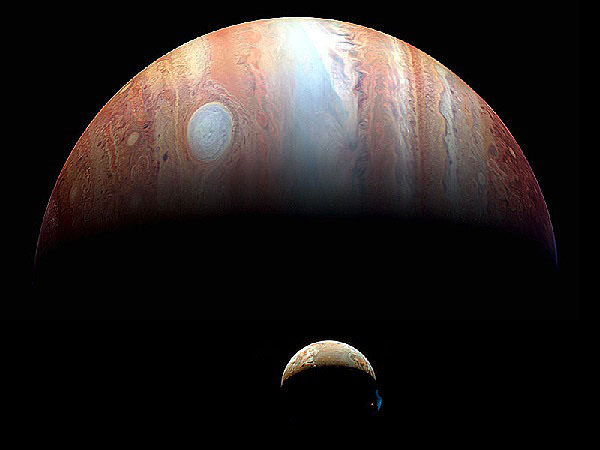Sometimes the tried and true methods are still the best, even in observational astronomy. Researchers at the University of Prague demonstrated this recently in a study of the eclipsing binary system V994 Herculis (V994 Her).
Researchers P. Zasche and R. Uhla used a method known as the Light-travel-time Effect to verify that V994 Her is actually a double binary. If that method sounds familiar to any astronomy historians out there, that’s because it was first used by 17th century astronomers to gauge the speed of light.
V994 Her is a rarity in the skies. While many eclipsing binaries are known, V994 Her is one of only six quadruple eclipsing binary stars discovered. An eclipsing binary star is a system where the two stars pass one in front of the other from our line of sight. Although too close to be split visually, eclipsing binaries rise and fall in brightness periodically. One famous example is the star Algol (Beta Persei) in the constellation Perseus. Algol means the “Demon Star” in Arabic, which suggests that its curious nature was known to Arab astronomers in pre-telescopic times.
Continue reading “Light-travel-time Effect Finds New Astronomical Applications”

